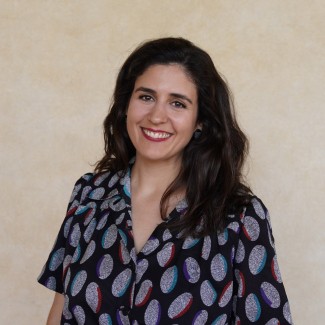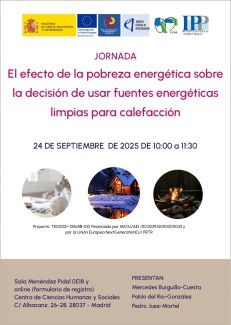Morillo, F., Escabias M. & Chinchilla-Rodríguez, Z. (2025). How do women and men differ in research collaborations based on authorship positions? The Spanish case

Abstract. This study examines gender disparities in authorship and collaboration within the Spanish scientific workforce, focusing on international and industry co-authored publications. Drawing on a comprehensive dataset of over 165,000 publications and more than 170,000 identified authors affiliated with Spanish institutions, the analysis explores how gender interacts with authorship position, research field, career stage, and team size.









